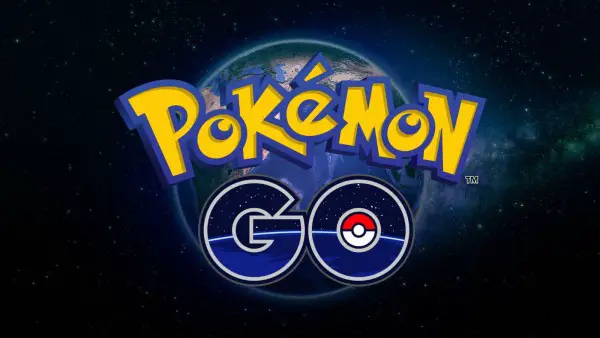Given that it felt like the entire world (or at least all available markets) was playing Pokemon GO just a month or two ago, perhaps some level of decline in paying players was inevitable over a long enough period of time. Even still, the exact number of paying Pokemon GO players that have stopped making purchases is pretty shocking.
Recent reports suggest that an astounding 79 percent of Pokemon GO‘s former paying customers have ceased making in-game transactions. Now, to be fair, Pokemon GO is still far and away the most lucrative mobile game on the market and currently account for 28% of all revenue generated by mobile games.
Still, that number seems like an especially steep decline. While it’s easy to dismiss this figure given the overall success of the game, and the fact that anything that starts that hot is going to fall at some point, this drop in paying customers can also be attributed to the following issues.
Lack Of A Meaningful Progression System
One dedicated Pokemon GO player rigged their game to see what would happen when you reach the game’s highest level. The answer, as it turns out, is “not much.” You get a few items just as you normally do when you level up, but nothing special occurs.
Even without rigging the game, many Pokemon GO players started to come to a similar conclusion. It takes way too long to reach the game’s upper ranks and even milestone level goals do not reward you in any meaningful way. That incentive to reach the next level can cause people to spend a lot of money on games, and Pokemon GO just does not have it.
Almost No Competitive/Cooperative Elements
Along with catching them all, one of the trademark elements of the Pokemon franchise has always been interacting with other players. Whether it be through battles or Pokemon trading, getting to experience these games with other players is a crucial part of their appeal.
The fact that Pokemon GO did not launch with any similar features is an unforgivable error. While the “real-life” elements of Pokemon GO promoted some communal play, developer Niantic missed a huge opportunity by not giving these players something to do together when they’re out and about playing the game.
Oversimplifying The Wrong Mechanics
While you do have to make a game somewhat simple if it is going to achieve mass appeal, there is a far greater value in making a game that is initially simple, but becomes more involved as players come to learn it.
Niantic’s biggest mistake in that respect is that they made the wrong game mechanics too simple. Things like learning what items do and what on-screen prompts mean shouldn’t be as complicated as they are in the game, while more important gameplay elements, like combat, need to be far more substantial in order to help players feel their time (and money) is getting reflected via increased skills.













